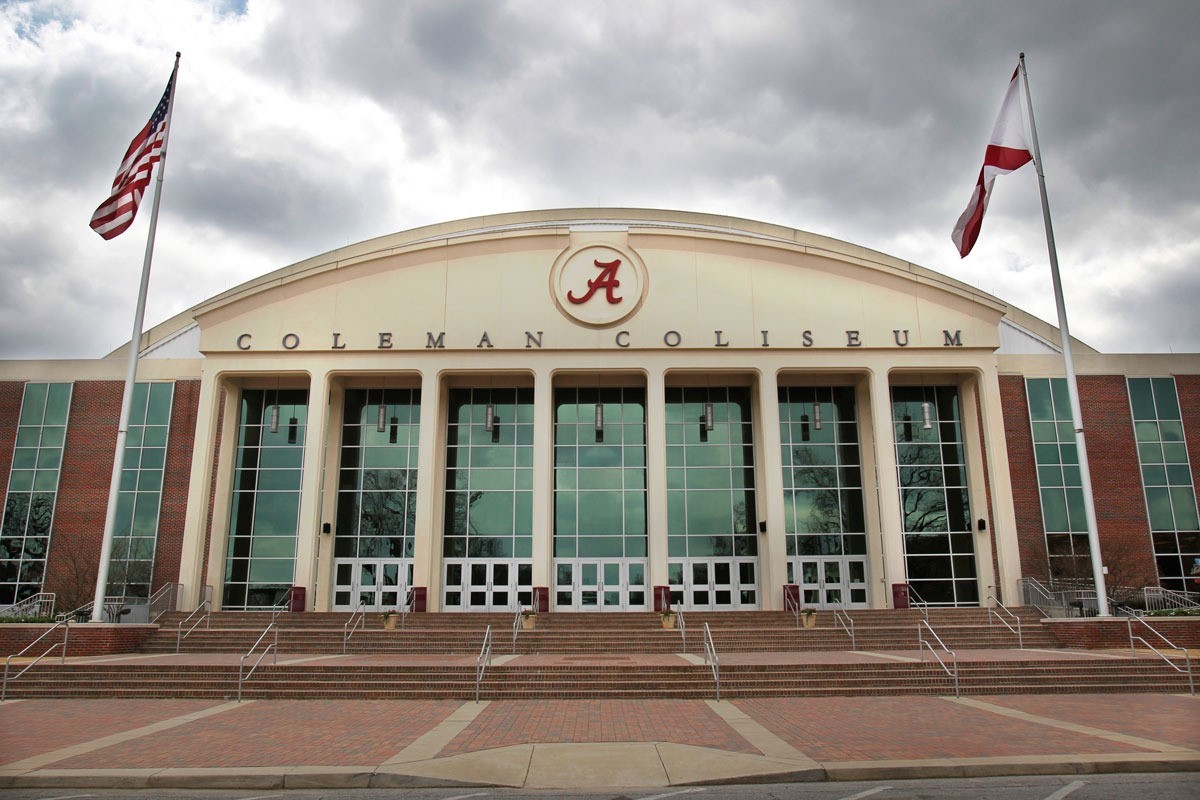A total of seven University of Alabama athletics programs led the Southeastern Conference in Graduation Success Rate figures released by the National Collegiate Athletic Association recently.
Alabama improved its overall GSR to 93 this year, ranking the Crimson Tide third among SEC schools. The average GSR for all NCAA Division I student-athletes is 90. This year’s GSR spans the period covering student-athletes who attended the University during 2010-13.
The men’s basketball team remained at a perfect 100 again this year, while the football team moved up to 88, which ranks third in the SEC. It marks the 12th year in a row that the Tide football squad has ranked in the top four in the SEC by GSR. Alabama’s football total is seven points better than the national average for the Football Bowls Subdivision.
In addition to men’s basketball, Alabama also led the SEC with perfect GSR scores in women’s golf, gymnastics, softball, soccer, women’s swimming and diving and women’s tennis. Alabama was fourth among SEC schools in number of teams scoring a perfect 100.
Overall, 13 Alabama programs recorded a GSR score of 90 or better. In addition to the sports that had perfect scores of 100, six others posted scores of 90 or better – baseball (95), men’s swimming and diving (93), women’s basketball (92), volleyball (92), men’s track and field/cross country (91) and women’s track and field/cross country (91).
The Tide ranked second among conference baseball teams and third among men’s track and field/cross country squads in the latest scores.
The GSR measures graduation rates at Division I institutions and includes those transferring into the institutions. The GSR also allows institutions to subtract student-athletes who leave their institutions prior to graduation, as long as they would have been academically eligible to compete had they remained.
The NCAA’s GSR and the Academic Success Rate (ASR) were developed in response to a mandate by college and university presidents for graduation data that more accurately reflects the mobility among today’s college students. Both rates improve on the federally mandated graduation rate by including students omitted from the federal calculation.
